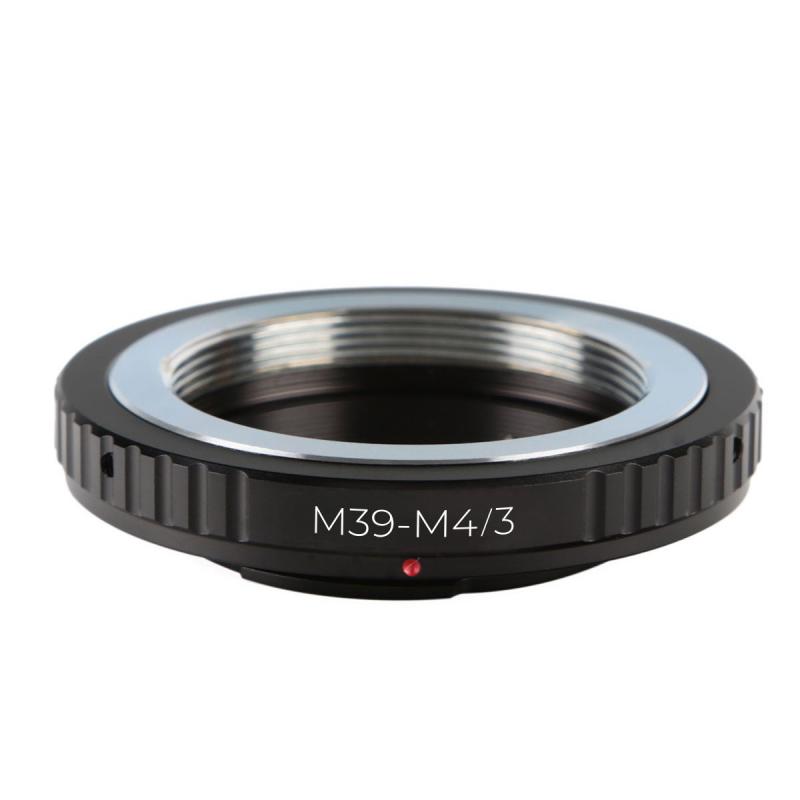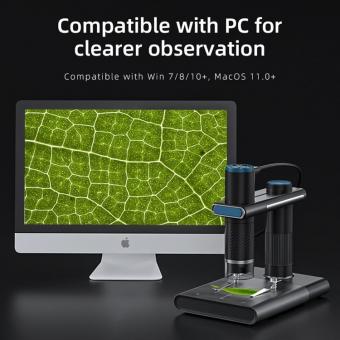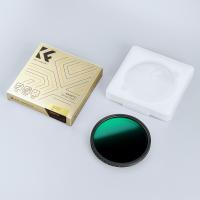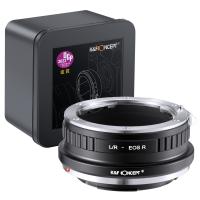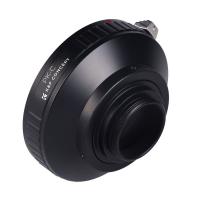How Many Lenses Are In A Compound Microscope ?
A compound microscope typically consists of two lenses: the objective lens and the eyepiece lens. The objective lens is located near the specimen and is responsible for magnifying the image. The eyepiece lens, also known as the ocular lens, is positioned at the top of the microscope and further magnifies the image formed by the objective lens. These two lenses work together to provide a higher level of magnification and resolution in a compound microscope.
1、 Objective lenses
A compound microscope is an optical instrument that uses multiple lenses to magnify small objects. The number of lenses in a compound microscope can vary depending on the specific model and design. However, the most common type of lenses found in a compound microscope are the objective lenses.
Objective lenses are the primary lenses in a compound microscope that are responsible for gathering light and magnifying the specimen. These lenses are typically located on a rotating nosepiece and can be interchanged to achieve different levels of magnification. The number of objective lenses in a compound microscope can range from two to six, with the most common being four.
Each objective lens has a different magnification power, typically ranging from 4x to 100x or higher. The lowest magnification lens, known as the scanning lens, is usually 4x or 5x, while the highest magnification lens, called the oil immersion lens, can be 100x or more. The other two objective lenses are usually 10x and 40x.
It is important to note that the number of lenses in a compound microscope is not limited to just the objective lenses. There are also other lenses in the microscope, such as the eyepiece or ocular lens, which is located at the top of the microscope and is responsible for further magnifying the image produced by the objective lens. Additionally, there may be other lenses in the optical path, such as condenser lenses or field lenses, which help improve the quality of the image.
In recent years, there have been advancements in microscope technology, including the development of digital microscopes that use cameras instead of eyepieces. These digital microscopes may have fewer physical lenses but still utilize multiple lenses within the camera system to achieve magnification.
In conclusion, the number of lenses in a compound microscope can vary, but the most common type of lenses are the objective lenses. These lenses, typically ranging from two to six, are responsible for magnifying the specimen. Other lenses, such as the eyepiece or ocular lens, may also be present in the microscope. Advancements in technology have led to the development of digital microscopes that use cameras instead of eyepieces, but they still utilize multiple lenses within the camera system.
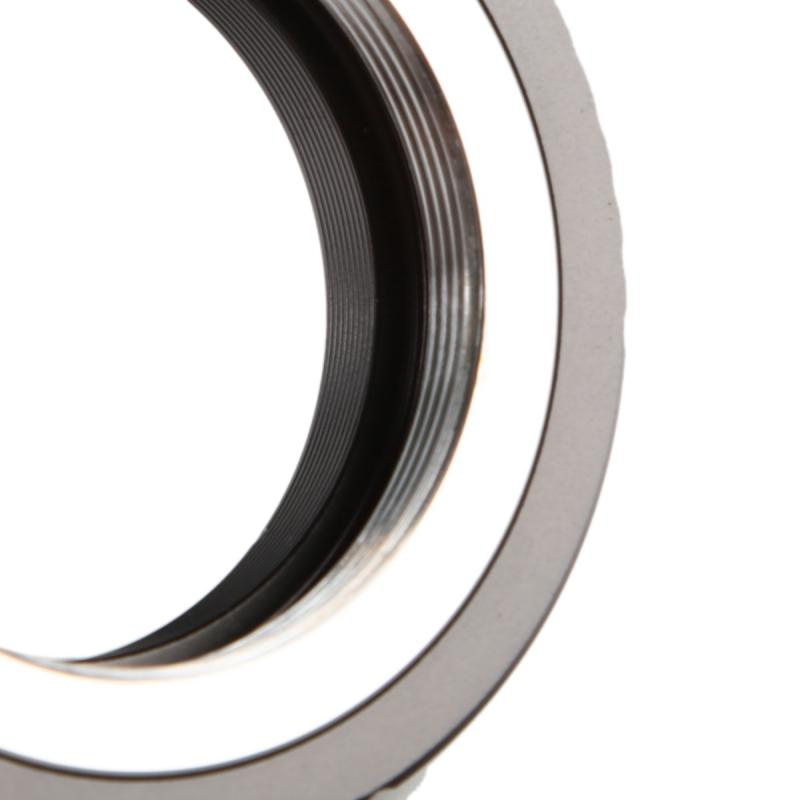
2、 Eyepiece lens
A compound microscope is an optical instrument that uses multiple lenses to magnify small objects. The primary purpose of a compound microscope is to provide a detailed view of microscopic specimens, allowing scientists, researchers, and students to study the intricate details of various samples.
When it comes to the number of lenses in a compound microscope, there are typically two main lenses involved: the objective lens and the eyepiece lens. The objective lens is located near the specimen and is responsible for gathering light and forming the initial magnified image. The eyepiece lens, on the other hand, is positioned at the top of the microscope and further magnifies the image formed by the objective lens, allowing the viewer to see a highly magnified and detailed image.
So, to answer the question directly, there is one eyepiece lens in a compound microscope. However, it is important to note that some compound microscopes may have additional lenses or optical components, such as condenser lenses or filters, to enhance the quality of the image or adjust the lighting conditions. These additional lenses can vary depending on the specific design and features of the microscope.
It is worth mentioning that advancements in technology have led to the development of various types of compound microscopes, such as stereo microscopes and digital microscopes. These modern microscopes may incorporate different lens configurations or even replace traditional eyepieces with digital imaging systems. Therefore, the number of lenses in a compound microscope can vary depending on the specific model and its intended use.
In conclusion, while the standard compound microscope typically has two main lenses, the objective lens and the eyepiece lens, the overall number of lenses can vary depending on the specific design and features of the microscope.
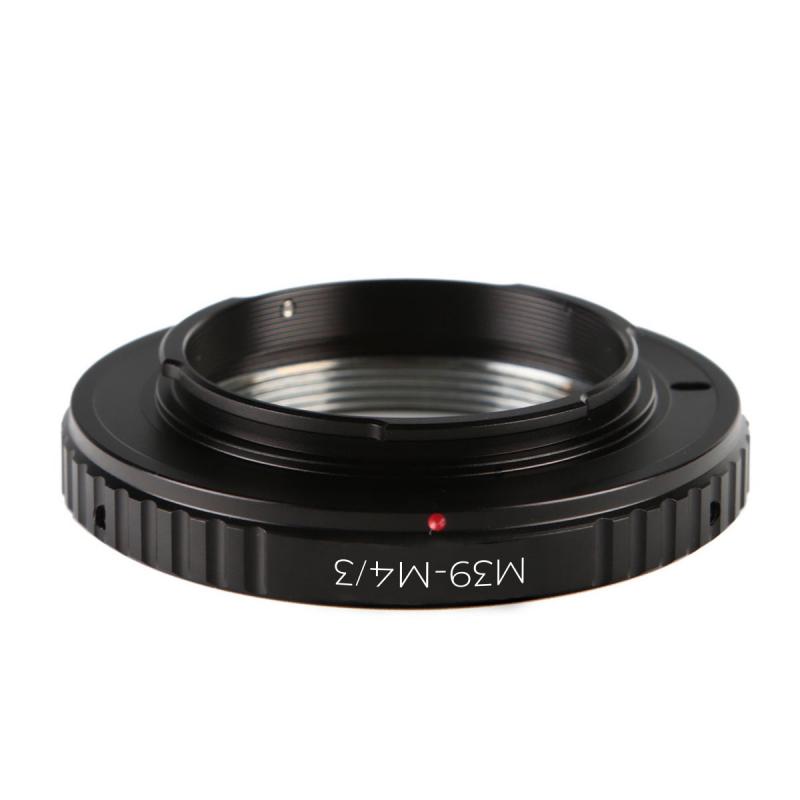
3、 Condenser lens
A compound microscope is an optical instrument that uses multiple lenses to magnify small objects. It consists of two main lens systems: the objective lens and the eyepiece lens. The objective lens is located near the specimen and is responsible for gathering light and forming a magnified image. The eyepiece lens, on the other hand, is positioned near the viewer's eye and further magnifies the image formed by the objective lens.
In addition to these two primary lenses, a compound microscope may also include a condenser lens. The condenser lens is located beneath the stage and its purpose is to focus and direct light onto the specimen. By doing so, it enhances the illumination and improves the clarity of the image.
The number of lenses in a compound microscope can vary depending on the specific design and features of the microscope. However, in most cases, there is only one condenser lens present in a compound microscope. This lens is typically a single lens element that is designed to focus light onto the specimen.
It is worth noting that advancements in technology have led to the development of more sophisticated microscope designs. Some modern compound microscopes may incorporate additional lenses or lens systems to enhance specific features such as resolution, contrast, or depth of field. These additional lenses can be found in specialized microscopes like phase contrast microscopes, fluorescence microscopes, or confocal microscopes.
In conclusion, while a compound microscope typically contains a single condenser lens, the overall number of lenses can vary depending on the specific microscope design and its intended applications.
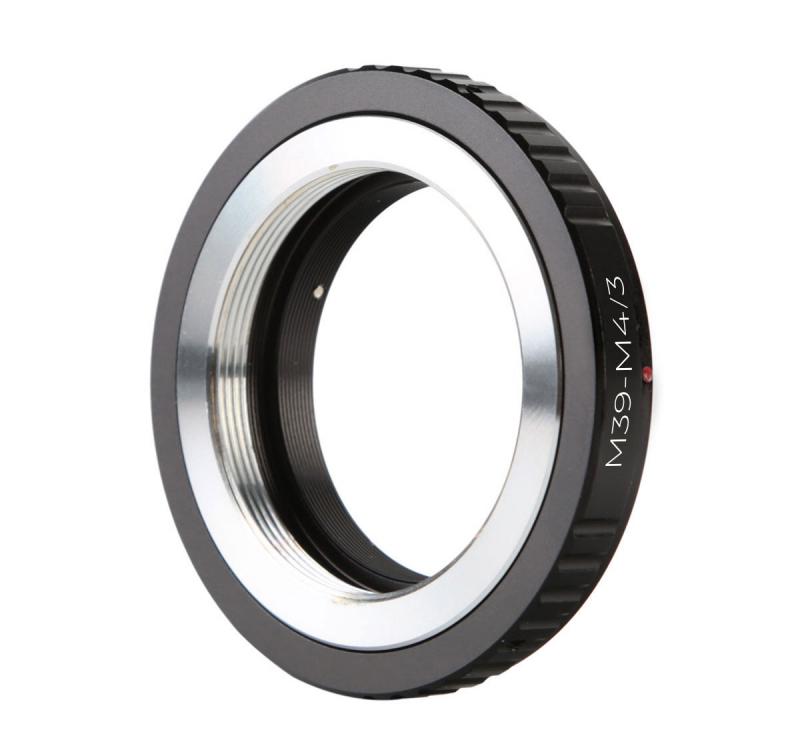
4、 Immersion oil lens (optional)
A compound microscope is an optical instrument that uses multiple lenses to magnify small objects. It consists of two lens systems: the objective lens and the eyepiece lens. The objective lens is located near the specimen and is responsible for gathering light and forming a magnified image. The eyepiece lens, on the other hand, is positioned near the observer's eye and further magnifies the image formed by the objective lens.
The number of lenses in a compound microscope can vary depending on the design and complexity of the instrument. Typically, compound microscopes have two or more lenses in the objective lens system and one lens in the eyepiece. The objective lens system is composed of multiple lenses that work together to provide high magnification and resolution. These lenses are carefully designed and arranged to minimize aberrations and improve image quality.
In addition to the objective and eyepiece lenses, some compound microscopes may also include an immersion oil lens. This lens is optional and is used in certain applications to further enhance the resolution of the microscope. Immersion oil has a refractive index similar to that of glass, and when placed between the specimen and the objective lens, it reduces the loss of light due to refraction. This technique, known as oil immersion microscopy, allows for higher numerical aperture and improved resolution.
It is important to note that the number of lenses in a compound microscope does not necessarily correlate with its performance or quality. The design and quality of the lenses, as well as other factors such as the numerical aperture and the overall optical system, play a significant role in determining the microscope's capabilities.
In recent years, advancements in technology have led to the development of more sophisticated compound microscopes with improved optics and imaging capabilities. These microscopes may incorporate additional lenses or optical components to enhance their performance. However, the basic principle of using multiple lenses to magnify objects remains the same.
In conclusion, a compound microscope typically consists of multiple lenses in the objective lens system and one lens in the eyepiece. The exact number of lenses can vary depending on the design and optional features such as an immersion oil lens. However, the number of lenses alone does not determine the quality or performance of a compound microscope.
